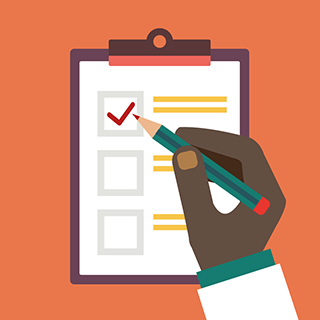By Jennifer Kuhr Butterfoss
 Here are 5 things a school principal can do before, during, and after IEP meetings to leverage relationships with staff and further your bigger school-wide efforts:
Here are 5 things a school principal can do before, during, and after IEP meetings to leverage relationships with staff and further your bigger school-wide efforts:
1. Visit the student in class a day or two before the meeting
It can feel like an impossible task to know each child’s name and specific learning needs. When scheduling an IEP meeting, make sure to include some time to drop by the student’s class before. This way, you can share a brief anecdote of what you observed. “I had the chance to see Allie at work on her frog dissection lab. She was really engaged with her lab partner and could tell me all the body parts.” This small contribution goes a long way with parents and teachers, who will see that you also have a stake in the child’s success.
2. Offer to model strong meeting management
You know when you find yourself in meetings with people who haven’t had much training in running an effective meeting? Offer to model IEP meeting management for case managers and explicitly point out some of the things that should be done. This can be as simple as having a clear agenda, reviewing norms, projecting notes, and ensuring that everyone has a chance to speak. Ask staff in attendance for reflections on what they observed afterwards. In this way, you can both model facilitation and be open to feedback.
3. Send out reminders about accommodations and modifications
Another way to make multi-tasking work for you during these meetings is to have your school district’s Special Education Information System open during the meeting. Then you can easily pull up accommodations and modifications. Take this opportunity to email it to the student’s teachers as it’s created and signed off on. Copy and paste some of the language as a review of accommodations and modifications to the child’s teachers. Remember to use only initials and not the child’s full name in the body of the email. A reminder like this is not only helpful, but also a written record of holding staff accountable.
4. Conduct quick meeting debriefs
Rarely will you get the chance to sit down with busy teachers. An IEP meeting is an opportunity to engage staff members in conversation around instruction. Use this time to check in with teachers. These can be quick informal conversations around something you might have seen in a walk through. Afterwards, consider asking the staff present if they can hang back for a few minutes to debrief the meeting and reflect on how to improve.
5. Follow up with written feedback
Try to follow up any conversations around instruction or meeting facilitation with an email recapping the conversation. This becomes part of the ongoing written feedback we are expected to give teachers throughout the school year. Be sure to include some positive feedback before summarizing any next steps or suggestions for improvement moving forward.
IEP meetings don’t have to be a time suck for school administrators. Use the time to get to know the student and family, as well as the instructional practices of your staff. With the right attitude and some strategic tweaks, IEP meetings can become powerful opportunities to have real conversations with staff that benefit all kids.
Reprinted From School Leaders Now
About the author: Jennifer Kuhr Butterfoss is a school leader, speaker, and writer. She is an administrator and parent in the San Francisco Unified School District public schools and the author of an upcoming book, Entering the Lion’s Den: A School Leader’s Guide to Building Trust, Inspiring Others, and Not Getting Eaten in Year One. www.jenniferkuhrbutterfoss.com

 .
.